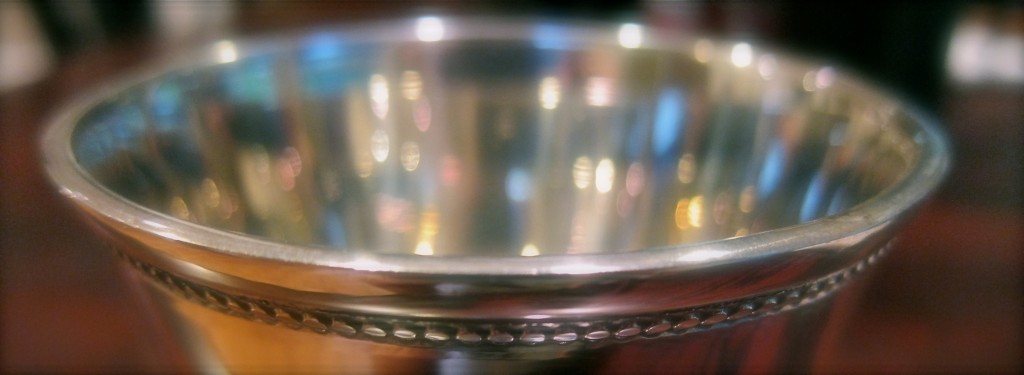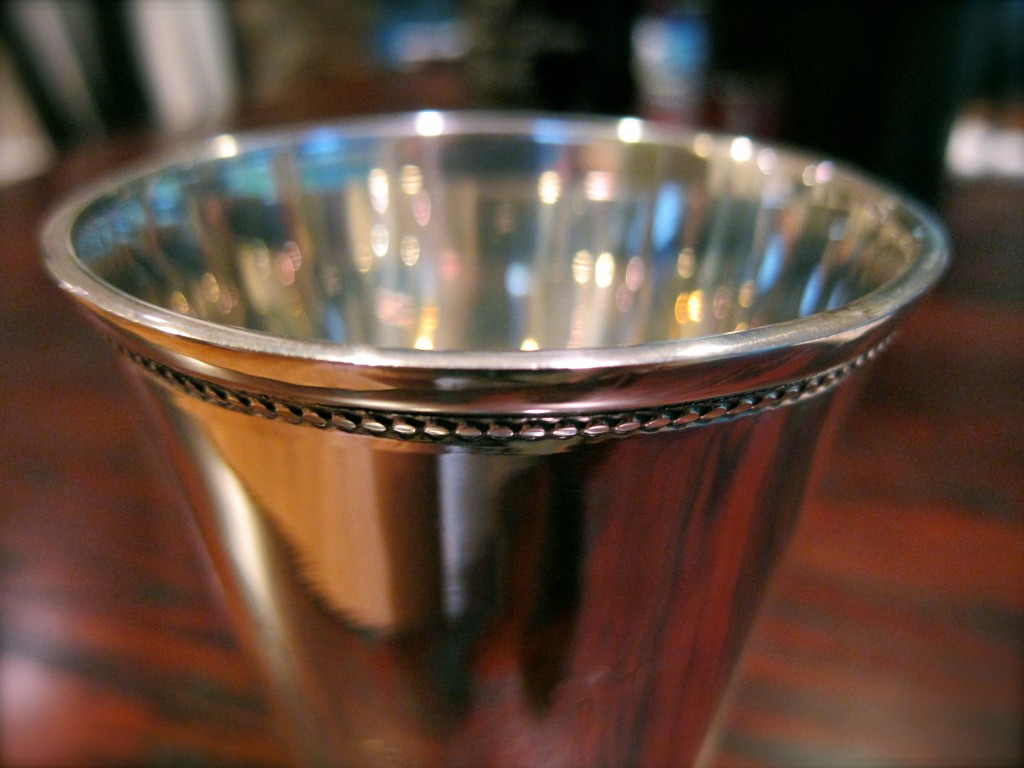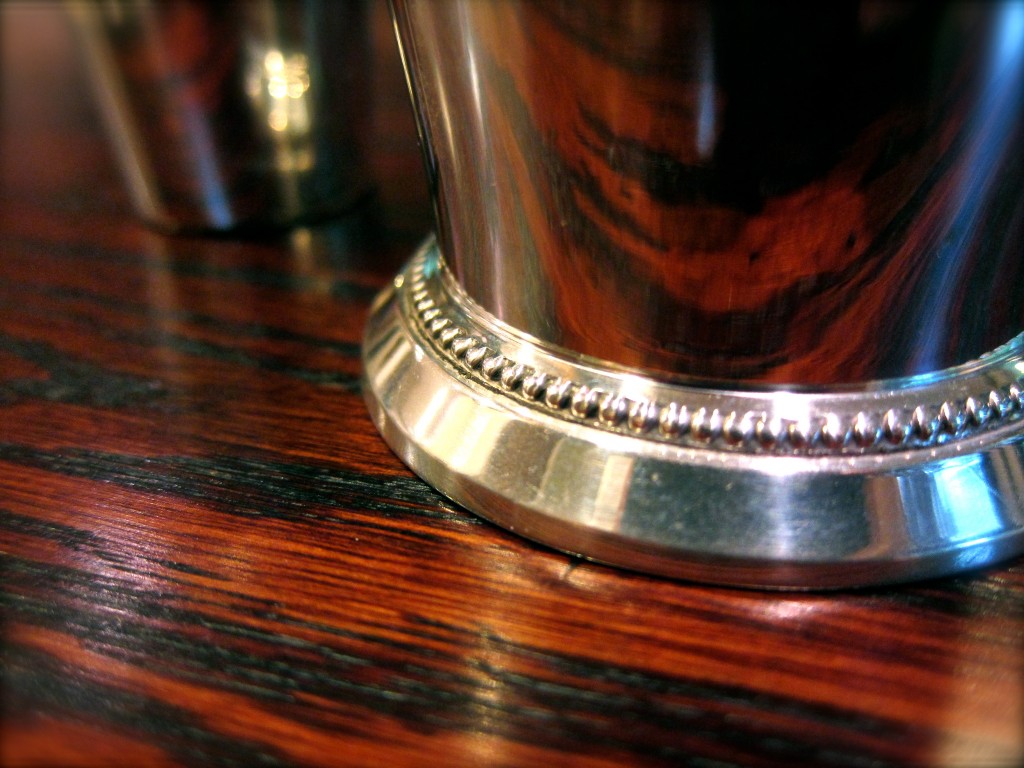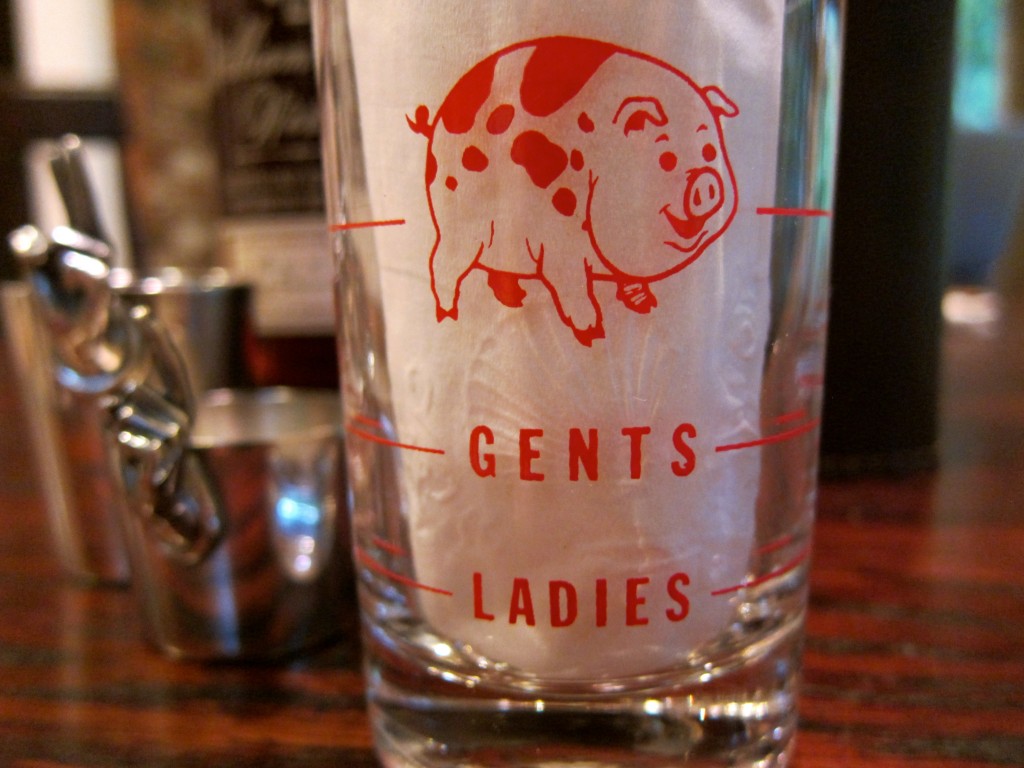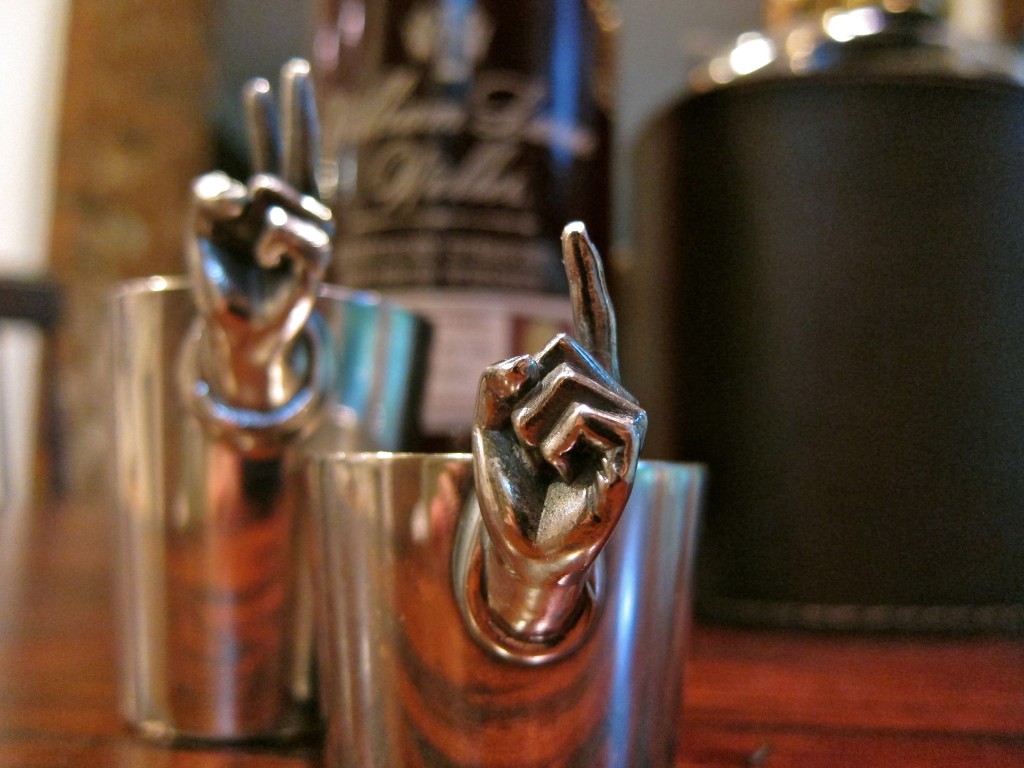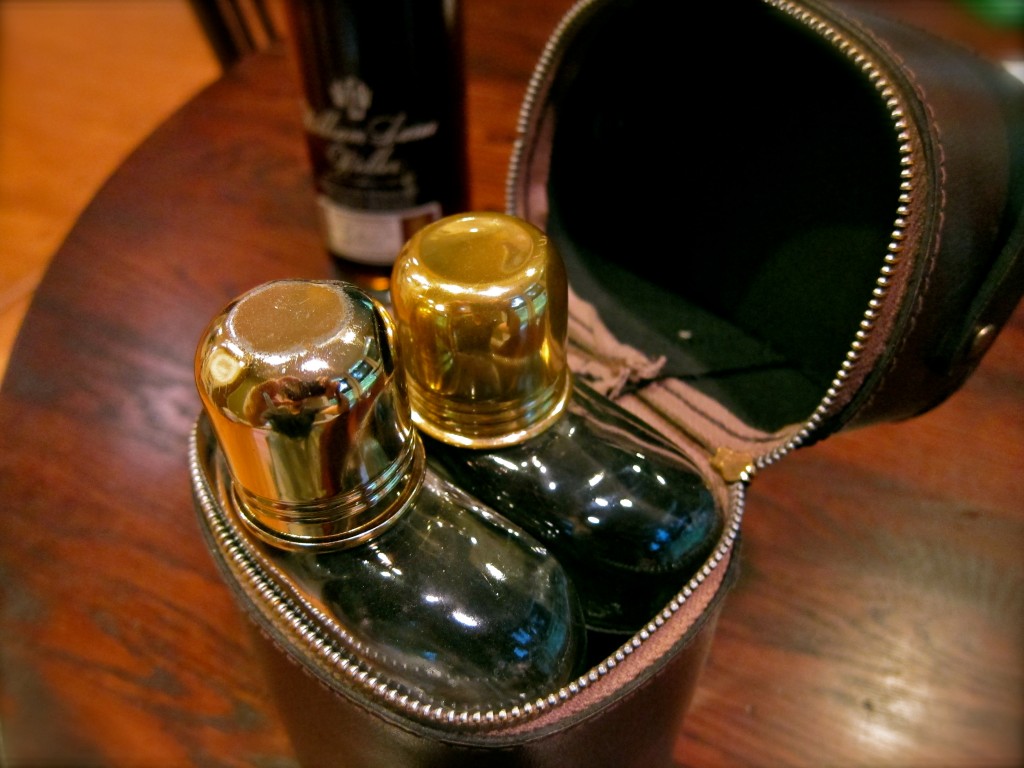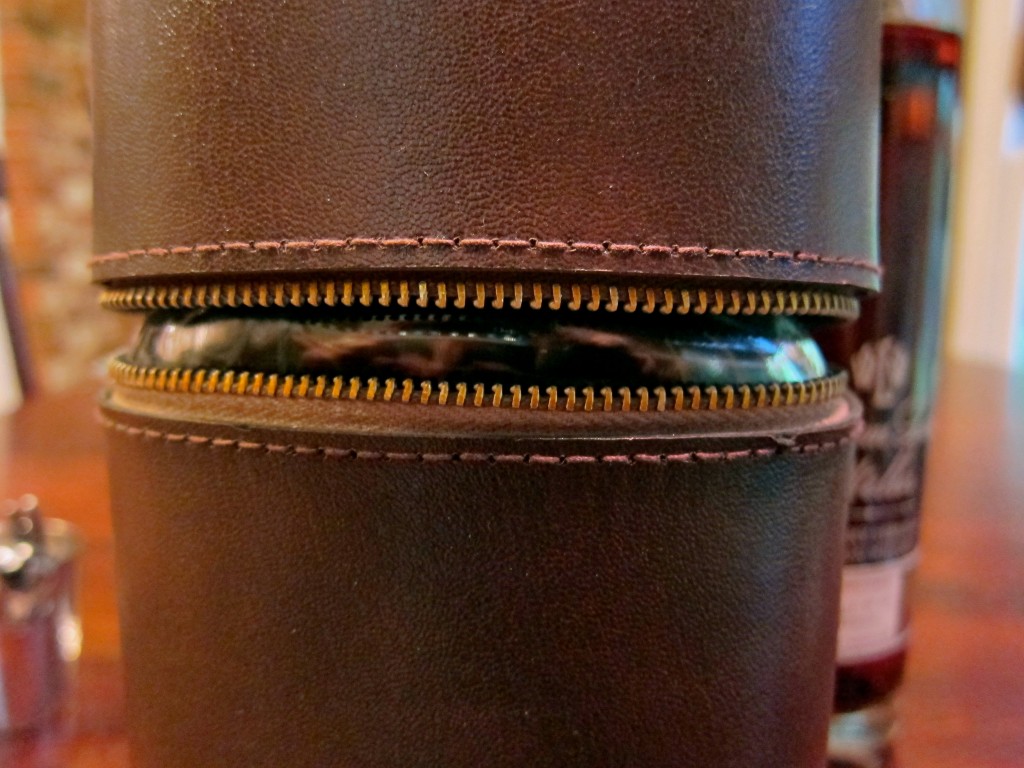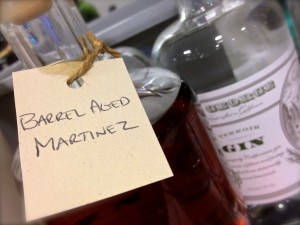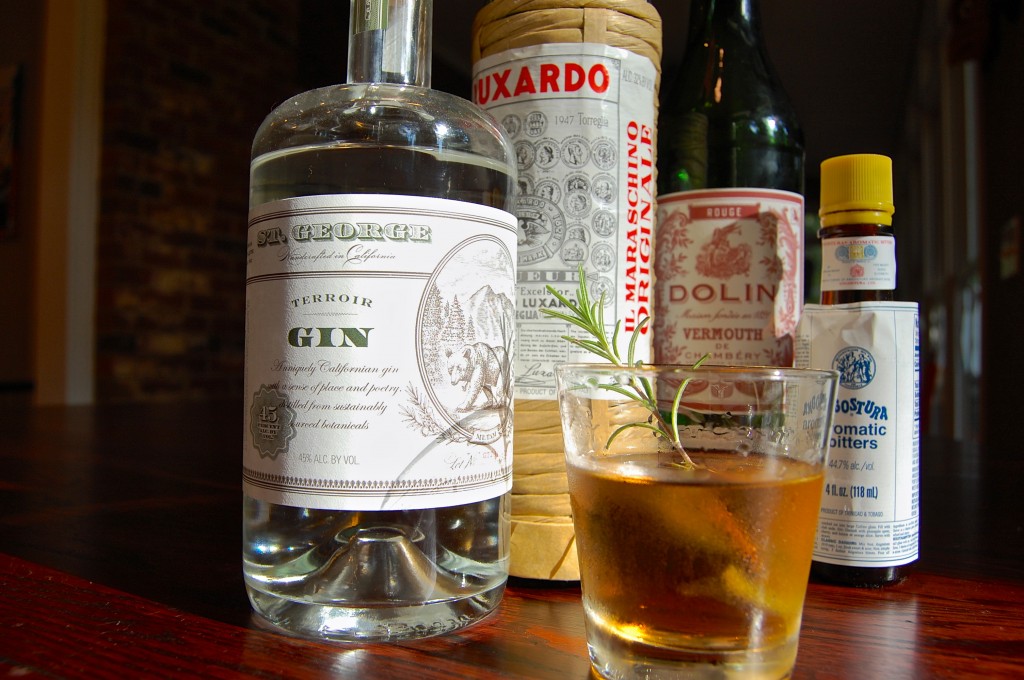Over the past year, I’ve had several friends ask for my favorite bourbon recommendations at different price points. America is blessed to have a bounty of great bourbon under $30 a bottle (by the way, there are some great ryes and Tennessee whiskeys, too – notice the Rittenhouse Bottled in Bond in the photo above? – but for today’s post, we’re sticking with bourbon). You could stay under $30 and have an almost endless variety of fabulous bourbons in your bar, but who can resist the opportunity to buy a bourbon that delivers a drinking experience far greater than its price would suggest?
That said, finding the bourbons that deliver value really comes down to personal taste, to determining what’s a good value for YOU. Do you like something easy drinking, or do you yearn for complexity? Is sweet your thing, or do you like the spice that a rye-heavy mashbill will bring? Do you tend to mix your bourbon into cocktails, or do you enjoy sipping it slowly and neat? All these things provide direction on which bottle you should pick up at the liquor store. But since you’re here, reading this, I’d like to share a few bourbons that simply deliver exceptional bang for the buck and are worth a try for any whiskey lover. Not everyone will find these to be the BEST value for them individually, but they are all worth the investment for anyone eager to tackle the depths of American whiskey. Here they are:
(Caveat: prices quoted are in Atlanta, Georgia, and will vary state to state. Also, please chime in with your favorite bourbons that you think deliver a great value – at any price.)
Under $20
There are a LOT of inexpensive bourbons out there – just go to your local liquor store and you’ll see probably half the shelf space dedicated to the low end of the price spectrum. Evan Williams does a fine job for entry level bourbon around $13, as does Very Old Barton 100 proof. But a step up from that, at around $16 (or, even better, $24 for 1.75l!), there’s one bourbon that really stands out from the rest in the under $20 price range, both in its character and in the value it delivers, and this is the Four Roses “Yellow Label.” Four Roses Yellow is just plain elegant, with floral notes that befit its name (and label color) weaving in and out of light baking spices and a bit of vanilla. This is a bourbon that is light and lively, but it’s this lightness and elegance that really separates Four Roses Yellow from other bourbons at the low end of the price spectrum that can be a bit rough around the edges.
By the way… here’s a great drink idea I picked up at the Atlanta Food & Wine Festival – try topping off a flute of Champagne (or sparkling wine) with a splash or two of Four Roses for a surprisingly great drink (called “The Longnecker”).
Under $30
Once you step up above $20, there are two very different bourbons that stand out in my mind for tremendous value. The first is Elijah Craig 12 year old at $22. Let me repeat that – 12 years old, 22 dollars. I’m not saying that age and quality rise in direct proportion to each other (in fact, I prefer the 12 year old Elijah Craig to its pricier, older, oakier 18 year old brother – which, incidentally, was recently discontinued in favor of limited releases of 20 and 21 year old Elijah Craig), but to get an aged beauty like this under $30 is a steal. Now, Elijah Craig 12 is basically at the opposite end of the bourbon spectrum from Four Roses Yellow – deep and strong rather than light and elegant. The age in the barrel brings loads of brown sugar, dark fruit, vanilla and oak, all those things you look for as time works its magic on the whiskey in the wood. Crazy value – Elijah Craig 12 tastes like many bourbons that go for three times the price.
The other bourbon value in this ballpark is simply one of the most enjoyable bourbons out there, again very different. Elmer T. Lee Single Barrel, at about $28, is like liquid caramel popcorn, in a very good way. There are plenty of other interesting layers of flavor here, but it’s the caramel popcorn that can’t be ignored, and the fact that this bourbon is just so dang delicious and melodious.
There are plenty of runners up in this category that will make you happy, but I don’t think they quite match the value of the Elijah 12 or Elmer T. Lee: Buffalo Trace ($20), Evan Williams Single Barrel ($22), Eagle Rare 10 year old ($28), and Four Roses Small Batch ($28) all come to mind.
Under $100
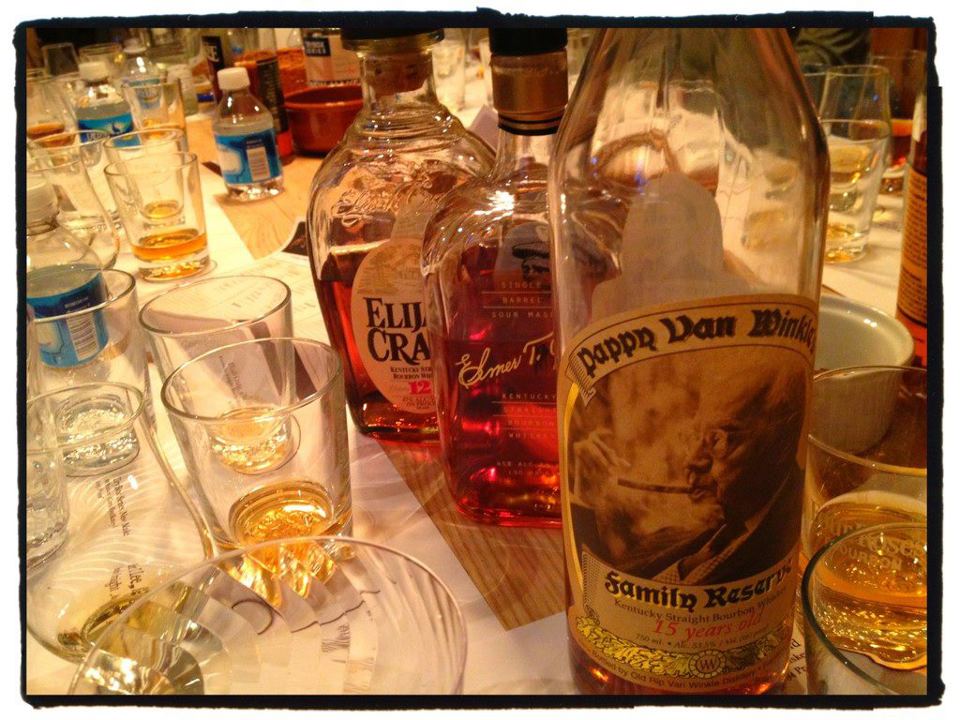 Once you get past $30, you first enter a fertile area of single barreled, small batched, and/or well-aged bourbons that tend to fall between $35 and $55. There are plenty of very good bourbons here in this range, but the trouble is that I don’t think any of them deliver the kind of bang for the buck that Elijah Craig 12 or Elmer T. Lee do. Don’t get me wrong, there are several here I really like (including Wathen’s Single Barrel at $32, Four Roses Single Barrel at $38, Old Rip Van Winkle 10 year old 107 proof at $40, Baker’s Small Batch at $41, or Blanton’s and the red label Black Maple Hill at around $50), but I have a hard time saying that any of them knock it out of the park vs. other bourbons at their price range.
Once you get past $30, you first enter a fertile area of single barreled, small batched, and/or well-aged bourbons that tend to fall between $35 and $55. There are plenty of very good bourbons here in this range, but the trouble is that I don’t think any of them deliver the kind of bang for the buck that Elijah Craig 12 or Elmer T. Lee do. Don’t get me wrong, there are several here I really like (including Wathen’s Single Barrel at $32, Four Roses Single Barrel at $38, Old Rip Van Winkle 10 year old 107 proof at $40, Baker’s Small Batch at $41, or Blanton’s and the red label Black Maple Hill at around $50), but I have a hard time saying that any of them knock it out of the park vs. other bourbons at their price range.
Thus, the jump in this category from $30 up to $100. Once you get to the $60-$80 range, you enter the land of special releases and severely limited allocations, bottles that are typically hard to find and even harder on the wallet. I hate to keep riding the Pappy bandwagon, but once you’re above $50, I find it really hard to argue against Pappy Van Winkle 15 year old. Sure, it’s overhyped. Yes, the switch form the old Stitzel-Weller juice to the newer Buffalo Trace production stock is a bit controversial. Even still, Pappy 15 is simply one of the greatest bourbons you will ever drink. And that’s a great value. (see prior tasting notes)
Other recent bottles that I haven’t regretted at similar price points to Pappy 15 include the Four Roses 2012 Single Barrel Ltd. Edition (barrel strength), which is a darn good bottle at $70, and the annual release of George T. Stagg or William Larue Weller from the Buffalo Trace Antique Collection, also barrel strength beauty/beasts at around the same price.
That’s my take on the best value bourbons out there. What’s yours?
For a fun little follow-up to this post, see my (tongue in cheek) formula for computing bourbon value over on Creative Loafing Atlanta. Which led to reviews of Old Charter 8 and W.L. Weller Special Reserve, both under 10 at my local store!
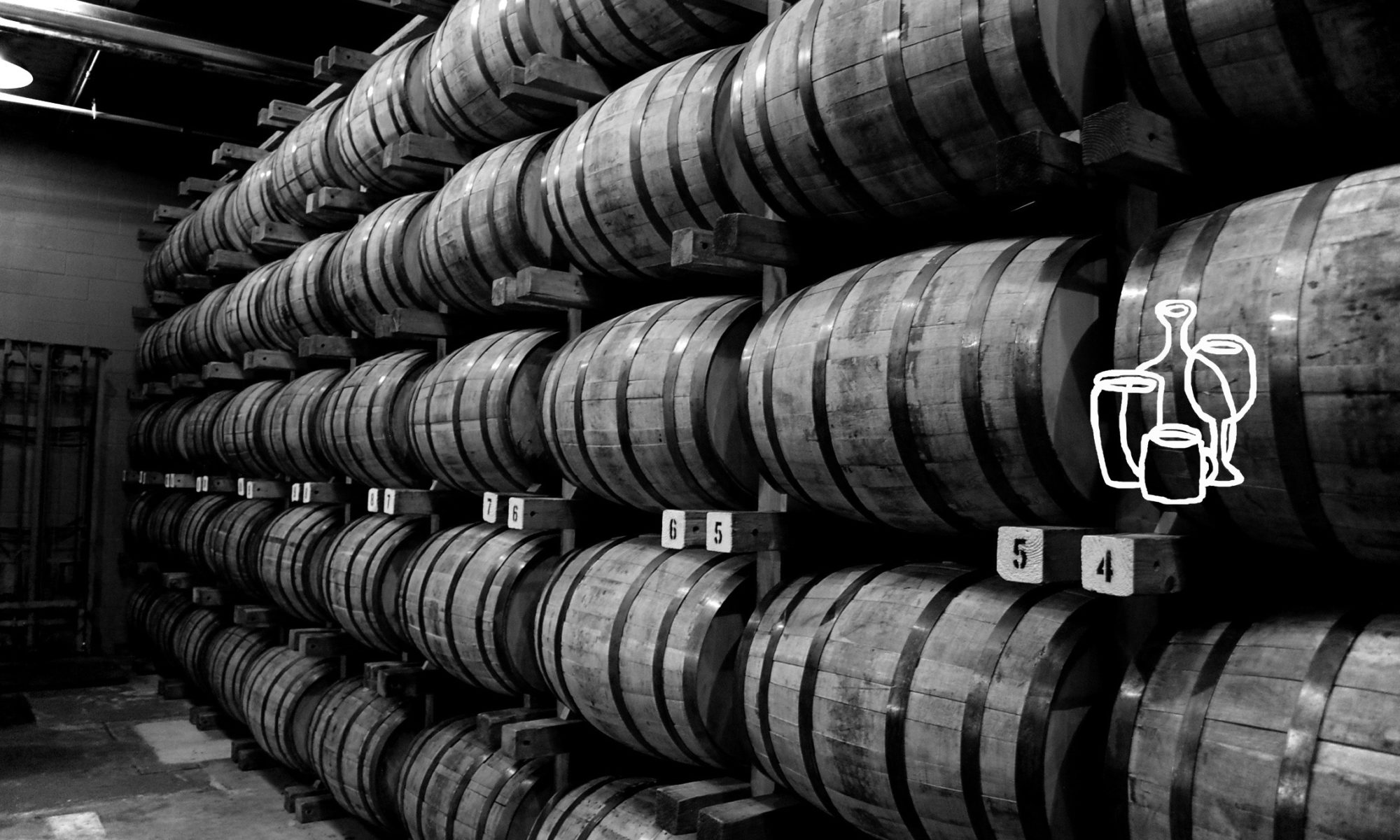
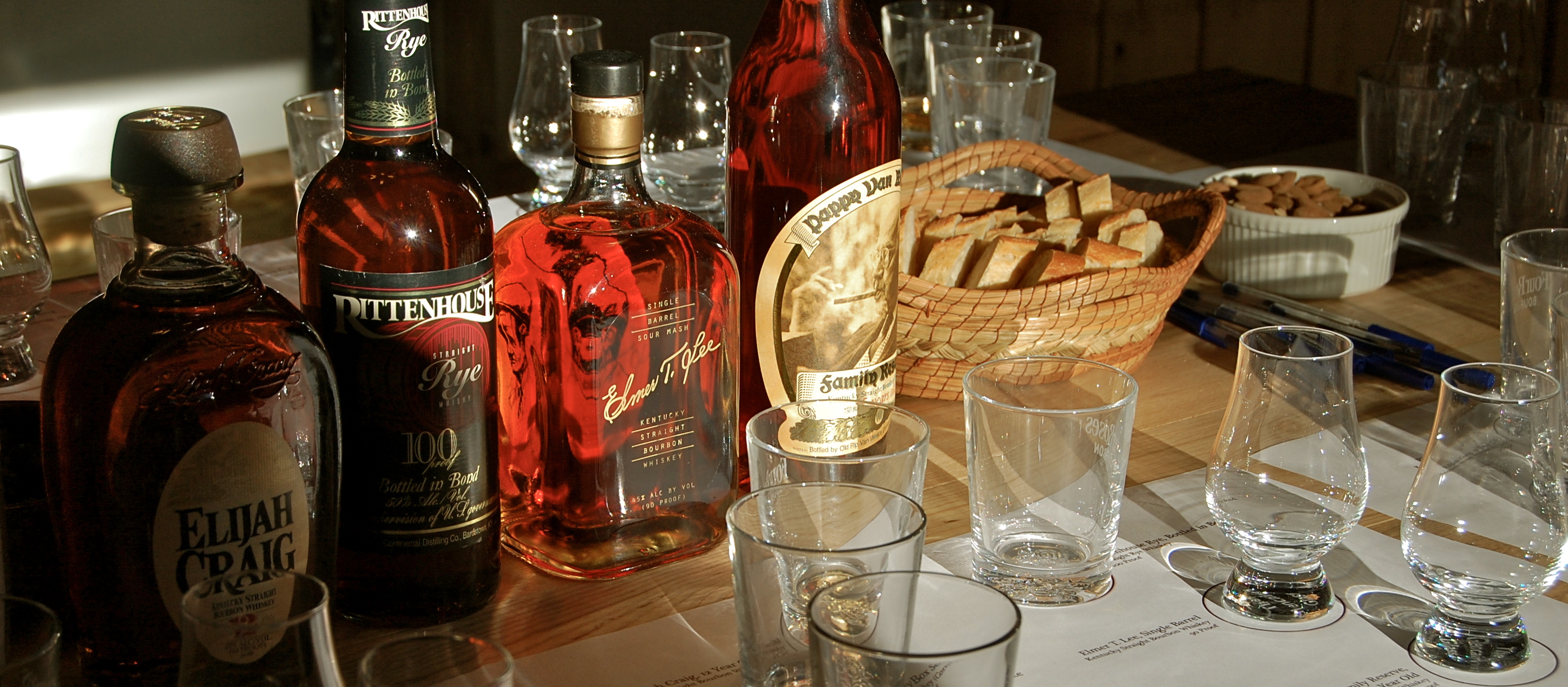
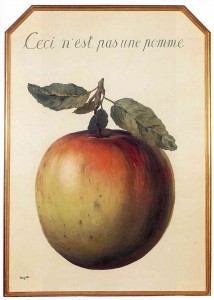
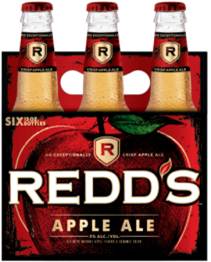 Redd’s Apple Ale
Redd’s Apple Ale
